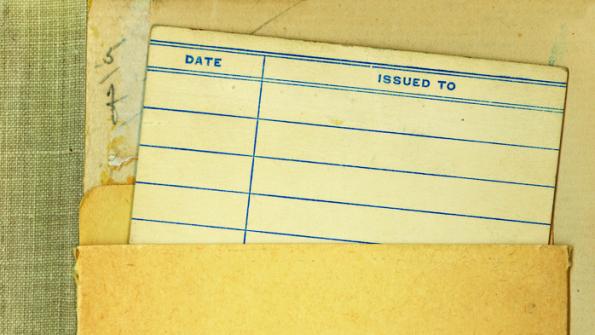Younger Americans want both online and print services from libraries
While at the library, Americans aged 16-29 desire access to online tools in addition to traditional print services.
According to Pew Internet & American Life Project study, which polled 2,252 Americans aged 16 and above at random in the fall of 2012, nearly all young Americans are online, and are more likely than older patrons to utilize a library’s technological services. However, younger patrons still find print materials useful, with a quarter of respondents identifying print media as being a “very important” library resource.
The study found that young Americans use of libraries is comparable to that of older individuals. As of November 2012:
- 65 percent have a library card,
- 86 percent have visited a library or bookmobile in person, with 58 percent having done so in the past year and
- 48 percent have visited a library website, with 28 percent having done so in the past year.
The study found that younger patrons are as likely as older customers to visit the library, borrow print books, browse the shelves or use research databases. The study found that younger individuals are more likely to use a computer or go online at the library, and are more likely to seek assistance from library staff while engaged in these activities.
Younger American’s priorities reflect their library habits. When asked what they thought was “very important” at a library: 80 percent answered librarians to help people find the information they need,
- 76 percent answered research resources such as free databases,
- 75 percent answered physical books for people to borrow,
- 72 percent answered quiet study places,
- 72 percent answered programs and classes for children and teens and
- 71 percent answered job or career resources.
However, younger Americans are less likely to view the library as a resource for themselves and their families. The study found that although 16-17 year olds rival 30-49 year olds as the group most likely to have used a library in the past year, teenagers are less likely to identify the library as important.
However, the idea of physical space is one way to attract teenage library patrons. According to the study, in focus groups, patrons and librarians often identified “hangout spaces” as especially important to young users. These specified zones not only give younger patrons a sense of independence and ownership, but also can reduce noise levels and interruptions for older customers.
Download the full .PDF of the report here.




















